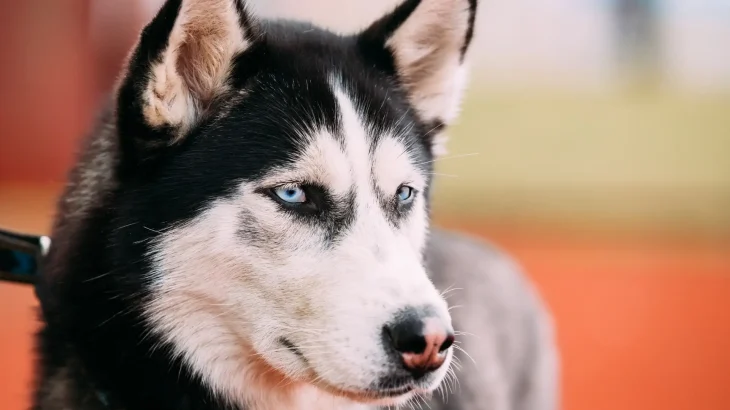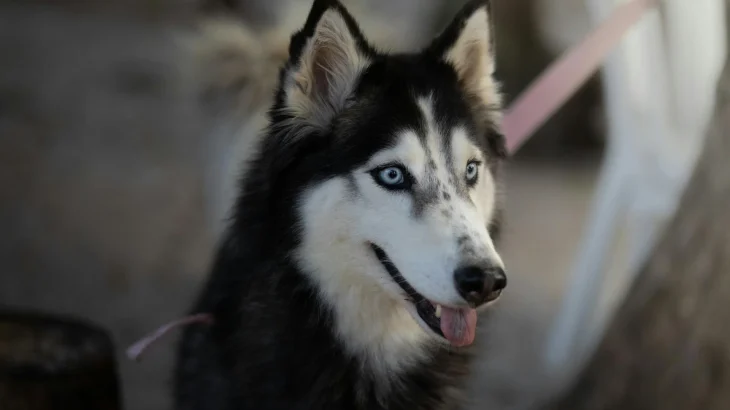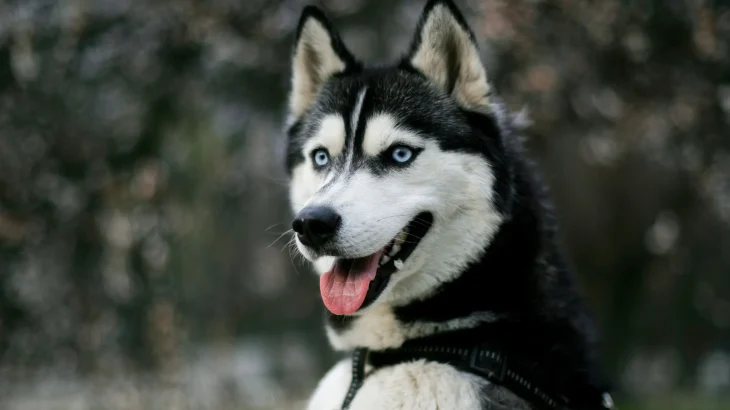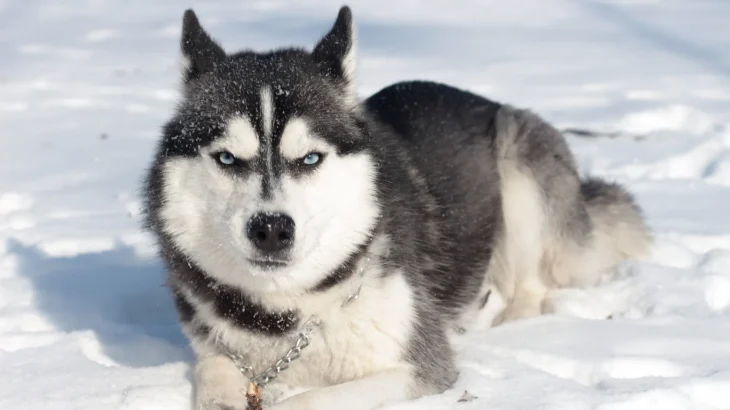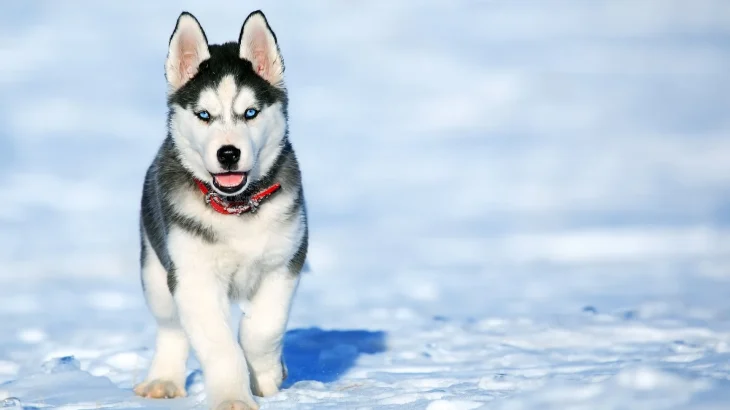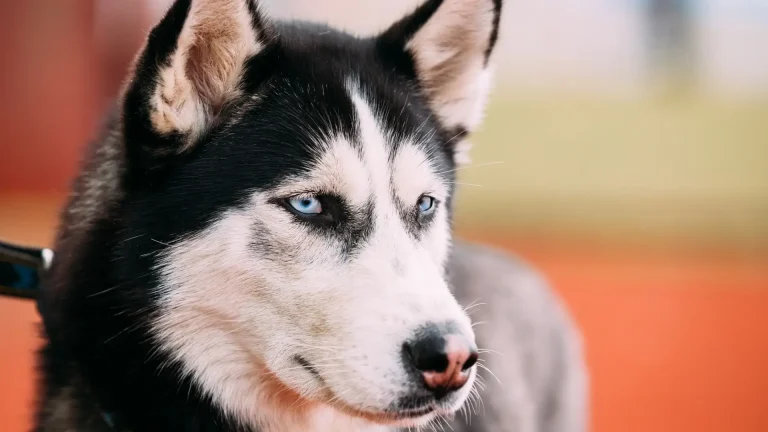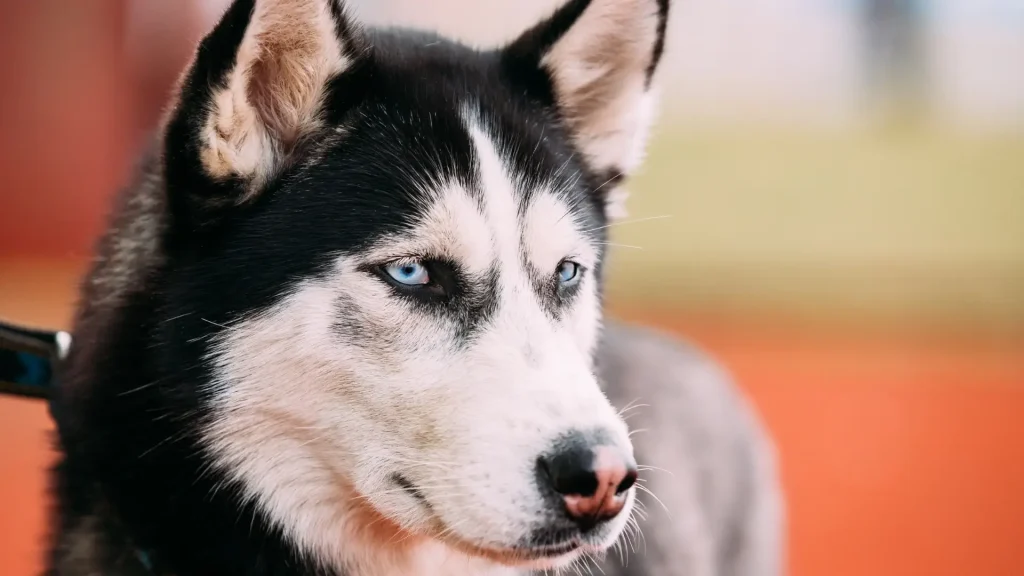When deciding whether to bring an Alaskan Husky puppy into your life through adoption or purchase, it's helpful to weigh the benefits against the unique traits and needs of this breed. Buying from a breeder may offer more predictability in health and temperament, while adopting provides a chance to give a deserving dog a new home. Each route has its own perks and challenges suited to different owner priorities.
Adoption vs. Breeder: Pros & Cons
| Criteria | Buying from Breeder | Adopting from Shelter/Rescue |
|---|---|---|
| Cost | Typically higher upfront cost reflecting purebred status and breeder investment. | Lower fees, often including vaccinations and spay/neuter. |
| Health History | Detailed health and genetic background usually provided by responsible breeders. | Health history may be incomplete but basic exams and vaccinations done. |
| Age Availability | Mostly puppies, allowing early training and bonding. | Range of ages, including adults with some training. |
| Temperament Insight | Breeders can share info on lineage behaviors and traits. | Shelters may provide behavioral notes, though history may be unknown. |
| Supporting Practices | Supports selective breeding; important to choose ethical breeders. | Gives homes to dogs in need, reducing shelter populations. |
| Risk of Genetic Disorders | Better chance to screen and reduce risks through testing. | Unknown genetic risks, but adopting helps many dogs, including those with minor issues. |

